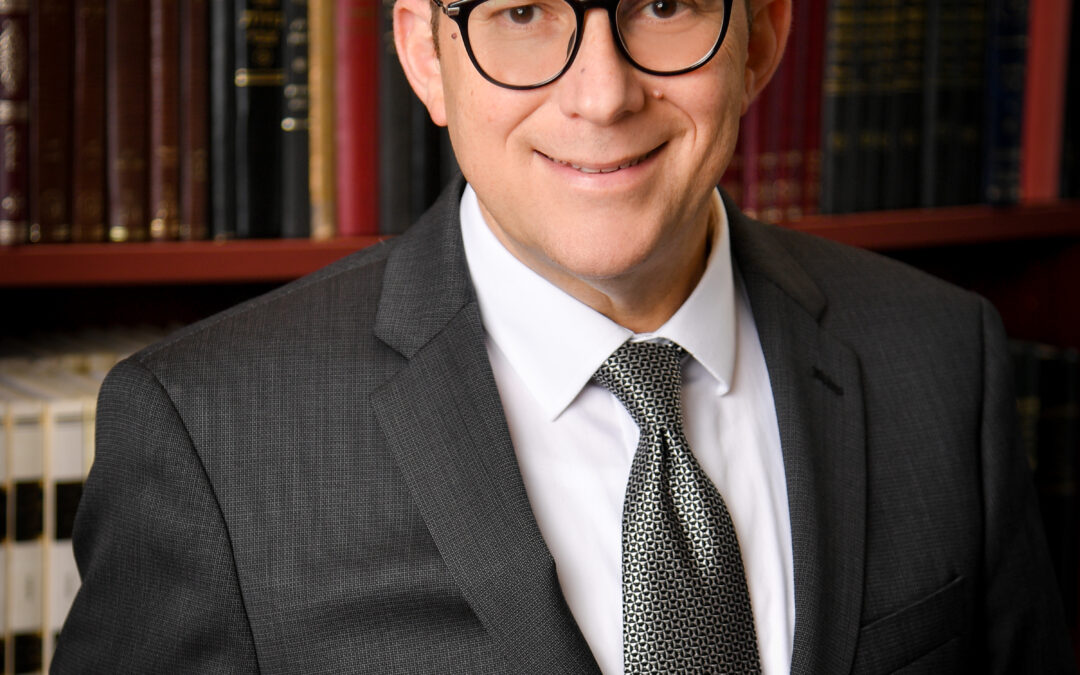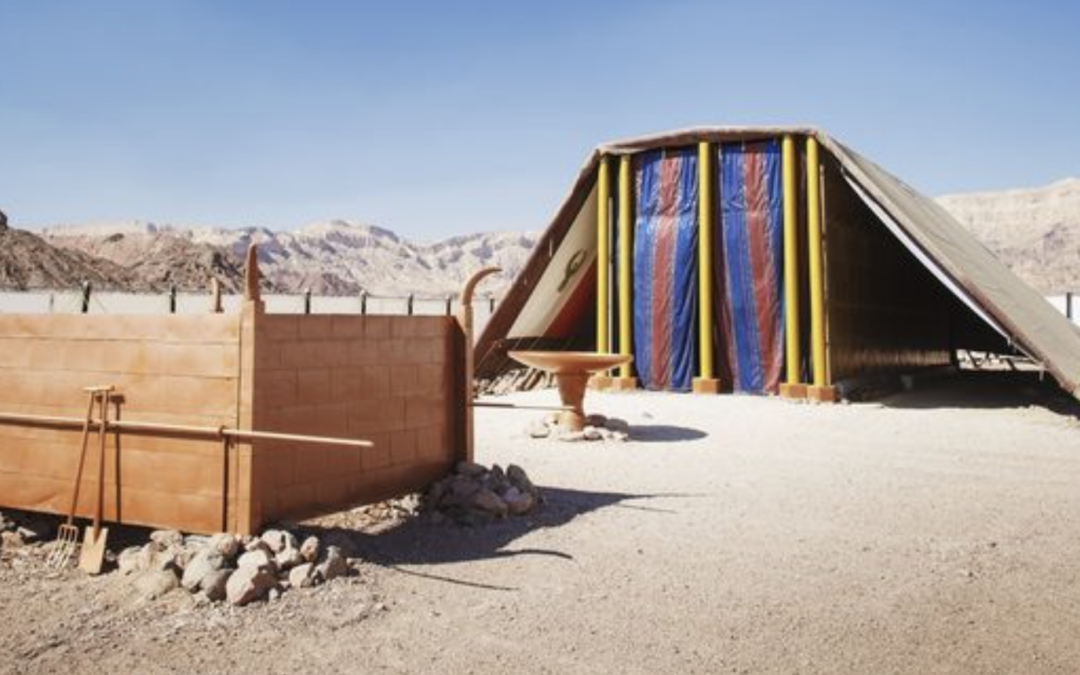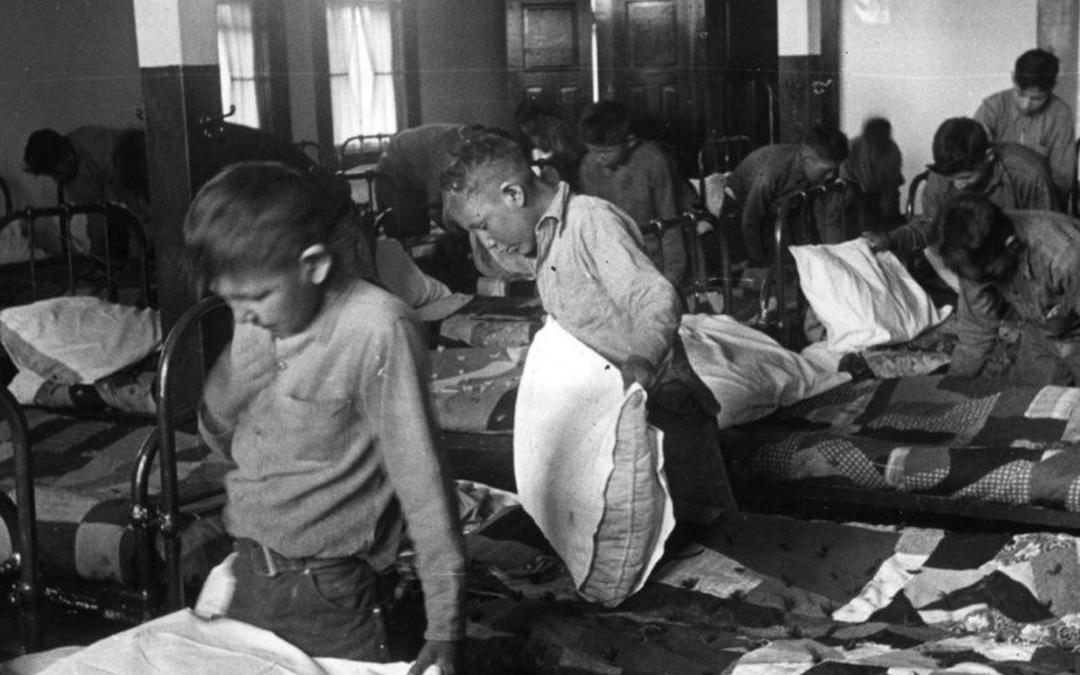Please enjoy this abridged version of a dvar Torah by Rabbi Jonathan Sacks about the origins and important role of the synagogue in our Jewish lives. Wishing everyone a Shabbat Shalom and great week off.
Lisa
—————————————————————————————————————————————–
The synagogue is one of the most remarkable examples of an itaruta de-letata, ‘an awakening from below’. It came into being not through words spoken by G-d to Israel but by words spoken by Israel to G-d. There is no synagogue in Tanakh, no command to build local houses of prayer. To the contrary, insofar as the Torah speaks of a ‘house of G-d’ it refers to a central sanctuary, a collective focus for the worship of the people as a whole.
We tend to forget how profound the concept of a synagogue was. Professor M. Stern has written that ‘in establishing the synagogue, Judaism created one of the greatest revolutions in the history of religion and society, for the synagogue was an entirely new environment for divine service, of a type unknown anywhere before’. It became, according to Salo Baron, the institution through which the exilic community ‘completely shifted the emphasis from the place of worship, the sanctuary, to the gathering of worshippers, the congregation, assembled at any time and any place in G-d’s wide world’. The synagogue became Jerusalem in exile, the home of the Jewish heart. It is the ultimate expression of monotheism – that wherever we gather to turn our hearts towards heaven, there the Divine presence can be found, for G-d is everywhere.
Where did it come from, this world-changing idea? It did not come from the Temple, but rather from the much earlier institution described in this week’s sedra: the Tabernacle. Its essence was that it was portable, made up of beams and hangings that could be dismantled and carried by the Levites as the Israelites journeyed through the wilderness. The Tabernacle, a temporary structure, turned out to have permanent influence, whereas the Temple, intended to be permanent, proved to be temporary – until, as we pray daily, it is rebuilt.
More significant than the physical structure of the tabernacle was its metaphysical structure. The very idea that one can build a home for G-d seems absurd. It was all too easy to understand the concept of sacred space in a polytheistic worldview. The gods were half- human. They had places where they could be encountered. Monotheism tore up this idea at its roots, nowhere more eloquently than in Psalm 139:
“Where can I go from Your Spirit? Where can I flee from your presence? If I go up to the heavens, you are there; if I make my bed in the depths, you are there.”
The same question is posed in the name of G-d by one of Israel’s greatest prophets, Isaiah:
Heaven is my throne, and the earth is my footstool. Where is the house you will build for me? Where will my resting place be? (Is. 66: 1)
The very concept of making a home in finite space for an infinite presence seems a contradiction in terms. The answer, still astonishing in its profundity, is contained at the beginning of this week’s sedra:
“They shall make a sanctuary for me, and I will dwell in them [betocham]”.
The Jewish mystics pointed out the linguistic strangeness of this sentence. It should have said, ‘I will dwell in it’, not ‘I will dwell in them’. The answer is that the Divine presence lives not in a building but in its builders; not in a physical place but in the human heart. The sanctuary was not a place in which the objective existence of G-d was somehow more concentrated than elsewhere. Rather, it was a place whose holiness had the effect of opening the hearts of those who stood there to the One worshipped there. G-d exists everywhere, but not everywhere do we feel the presence of G-d in the same way. The essence of ‘the holy’ is that it is a place where we set aside all human ‘devices and desires’ and enter a domain wholly set aside to G-d.
If the concept of the mishkan, the Tabernacle, is that G-d lives in the human heart whenever it opens itself unreservedly to heaven, then its physical location is irrelevant. Thus the way was open, seven centuries later, to the synagogue: the supreme statement of the idea that if G-d is everywhere, He can be reached anywhere. I find it moving that the frail structure described in this week’s sedra became the inspiration of an institution that, more than any other, kept the Jewish people alive through almost 2000 years of dispersion – the longest of all journeys through the wilderness.












